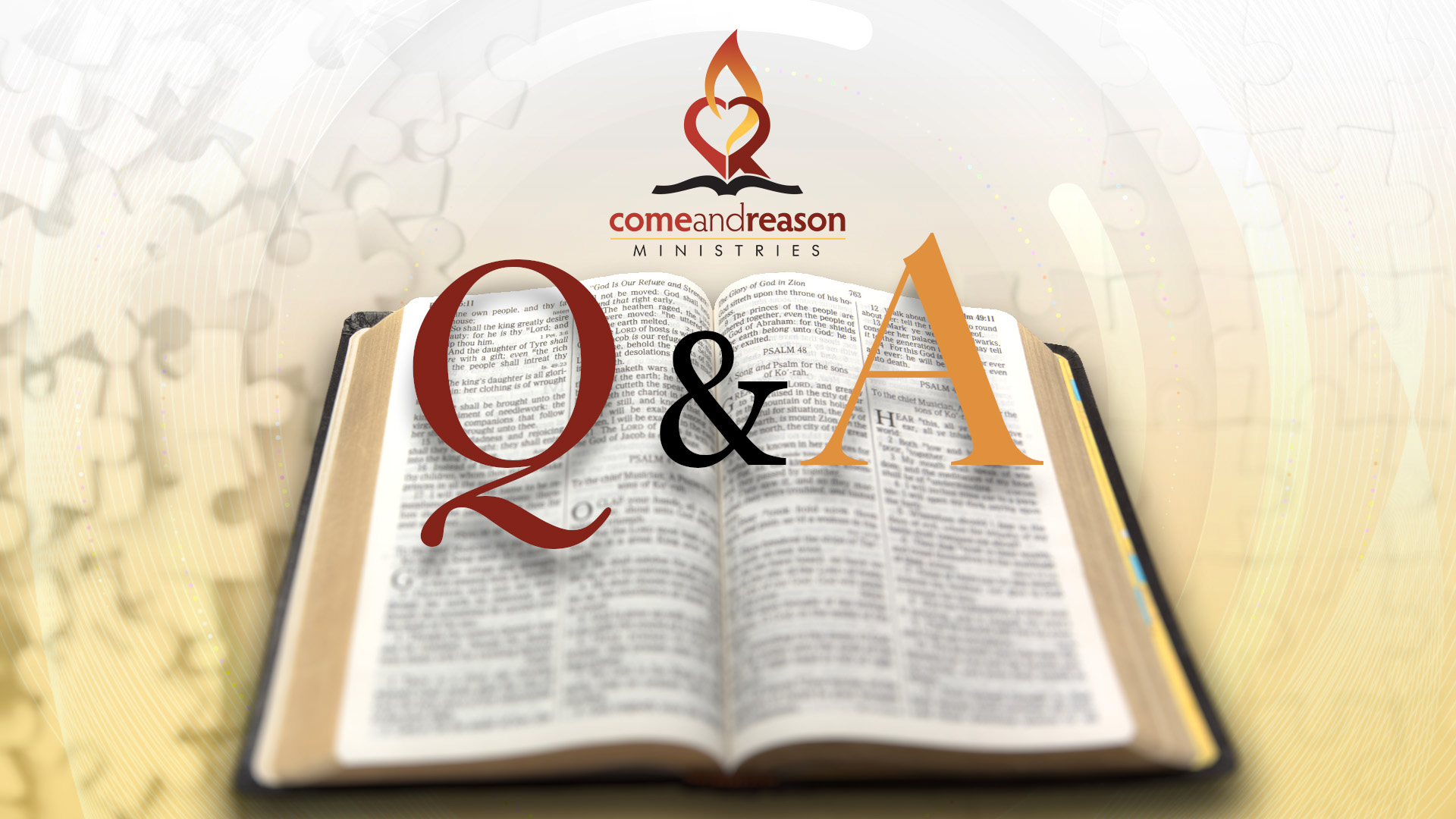Over the years, I have received repeated requests to help people understand, through a design-law lens, quotations from various Bible commentators that can easily sound penal-legal.
Below is an example of one such quotation from a founder of the Seventh-day Adventist Church, followed by my comments explaining how her concept are best understood through a design-law perspective.
(If you are not familiar with the difference between imposed law and design law, please see my blog: The Design Laws of God).
The following quote is from Selected Messages, Volume 1, page 371. My comments are in italics.
“In presenting the binding claims of the law, many have failed to portray the infinite love of Christ.”
Why would “presenting the binding claims of the law” cause many to fail to portray the infinite love of Christ? Because they present the law through an imposed-law lens, and imposed laws are rules given by a rule-giver who then uses his power to enforce obedience using the infliction of punishments. Understanding God as Creator and that His moral laws are design laws, the protocols life is built to operate upon, we immediately understand the laws are for our health, welfare, and good – like the laws of health. Violations injure us directly, and God is working through Christ to heal the damage to us and to restore us to eternal life. The “binding claims of the law” are the claims that sustain life, like the law of respiration – if you want to live, you must breathe.
“Those who have so great truths, so weighty reforms to present to the people, have not had a realization of the value of the atoning Sacrifice as an expression of God’s great love to man. Love for Jesus, and Jesus’ love for sinners, have been dropped out of the religious experience of those who have been commissioned to preach the gospel, and self has been exalted instead of the Redeemer of mankind. The law is to be presented to its transgressors, not as something apart from God, but rather as an exponent of His mind and character. As the sunlight cannot be separated from the sun, so God’s law cannot be rightly presented to man apart from the divine Author.”
Which type of law more closely fits the analogy of the sun and sunlight? Imposed law with a deity that makes up rules and inflicts punishment, or design law with a Creator God who built reality to operate only in harmony with Him and who is constantly disbursing His life-giving energy to sustain His creation?
“The messenger should be able to say, ‘In the law is God’s will; come, see for yourselves that the law is what Paul declared it to be – “holy, and just, and good.”’ It reproves sin, it condemns the sinner, but it shows him his need of Christ, with whom is plenteous mercy and goodness and truth. Though the law cannot remit the penalty for sin, but charges the sinner with all his debt, Christ has promised abundant pardon to all who repent, and believe in His mercy.”
Why can’t the law remit the penalty of sin? For the same reason that the laws of health cannot remit the penalty of drinking poison. What can remit the penalty of drinking poison? An antidote, a remedy or cure. If someone drinks poison and begins to die, but a remedy is provided and they take it, wouldn’t they be effectively “pardoned” from experiencing the penalty of their transgression of the laws of health?
What does “charge the sinner with all his debt” mean? It simply means that the law accurately diagnosis each of us in all our sin-deficiency, in every place we are out of harmony with God’s design for life – where we are sick and in need of healing. In other words, the law accurately diagnosis us as terminal, dead in trespass and sin.
The abundant pardon is freely given by God, who loved the world so much that He sent His Son not to condemn the world but to save it (John 3:16, 17). The sin problem was never a problem with God’s attitude; rather, it is a problem with our very condition. God’s personal pardon or forgiveness wasn’t deficient, and the sacrifice of Christ was not necessary to secure it. What was deficient was our trust of God and our ability to heal our own hearts. Thus, God sent His Son to win us to trust and provide the remedy to heal our hearts – thus pardon us from the death that unhealed sin brings.
“The love of God is extended in abundance to the repenting, believing soul. The brand of sin upon the soul can be effaced only through the blood of the atoning Sacrifice.”
A “brand” is a scar, a mark, a searing. In this case, it is the branding of our hearts, minds, characters, and souls by fear and selfishness that sin does to us. The blood is a metaphor for life (Leviticus 17:11), and in this case, the blood represents the perfect sinless life of Jesus. Thus, it is the life of Jesus that effaces the brand of sin upon the soul. Sin marred or branded our characters to look like Satan’s, selfish and fearful. Jesus, as a human being, was tempted in every way just like we are but without sin (Hebrews 4:15), and in His humanity, He destroyed the infection of fear and selfishness and perfectly restored God’s character of love into the human species. Thus, only through Christ’s life, of which we are privileged to partake by trust, do we experience rebirth, with new heart motives of love and trust – the brand of sin is effaced or erased or replaced with the character of Christ! As Peter says, “we become partakers of the divine nature” (2 Peter 1:4). Paul accurately describes that the purpose of Christ’s substitutionary death for us is to restore in us God’s perfect righteousness: “God made him who had no sin to be sin for us, so that in him we might become the righteousness of God (2 Corinthians 5:21 NIV84).
“No less an offering was required than the sacrifice of Him who was equal with the Father.”
Why was an offer of One equal with the Father necessary? Why couldn’t an angel’s life suffice? Because the lies of Satan were not about angels; the lies were about God Himself. Our trust is not to be placed in angels; our trust is to be placed in God. Our Creator is not an angel; our Creator is God Himself. Thus, only One equal with God could be our Savior, reveal the truth about God to dispel the lies of the enemy, win us back to trust in God, and eradicate the infection of sin from humanity and thereby provide an effective remedy to transform our hearts back to the righteousness of God.
And to whom is this offering given? To whom did Jesus given His life? “For God so loved the world that” … what? … that He gave His only begotten Son to Himself? No – He gave His only begotten Son to us and to the onlooking universe! Jesus was given to humanity as our Savior, to be the stairway, the connecting link, the way back, the cure, the remedy, to fix and heal the sin condition and give us eternal life! And this evidence, the truth about God and how God saves us, is what angels long to look into (1 Peter 1:12).
“The work of Christ – His life, humiliation, death, and intercession for lost man – magnifies the law, and makes it honorable.”
How? By showing that the law of love is the law of life, once He was tempted in every way like we are, once He faced the full force of what fear and selfishness can do and, instead of giving in, He chose to love perfectly, even unto death, He restored perfectly into His humanity God’s law of love. And what was the result of the law of love perfectly lived out in humanity? Life! He rose again as the inevitable outcome of finishing the work He was given to do: restoring in humanity God’s design law for living!
This is how Jesus could repeatedly tell His disciples that He would die and rise again, yet the same author who wrote the quote we are analyzing in this blog could also write:
“Satan with his fierce temptations wrung the heart of Jesus. The Saviour could not see through the portals of the tomb. Hope did not present to Him His coming forth from the grave a conqueror.” The Desire of Ages, p. 753
Jesus didn’t tell His disciples that He would rise again because He was given a vision of the future or saw the future in a prophetic dream. No – He was able to tell them He would rise again because He understood God’s design law for life, what He was sent here to accomplish – to destroy death and bring life and immortality to light – by restoring God’s law into living humanity.
Amazing grace, Infinite love, praise God for His goodness!
So in the future, when commentaries or other resources are presented that might seem to present a penal/legal viewpoint, stop and reread it all through the lens of God’s design law of love, and things will become ever more understandable.










 using your credit or debit card (no PayPal account needed, unless you want to set up a monthly, recurring payment).
using your credit or debit card (no PayPal account needed, unless you want to set up a monthly, recurring payment). instead?
instead?